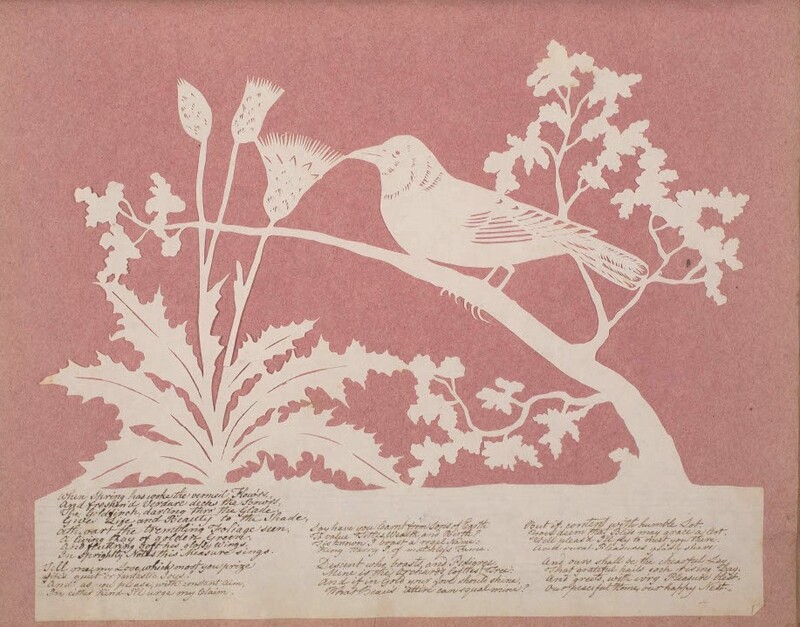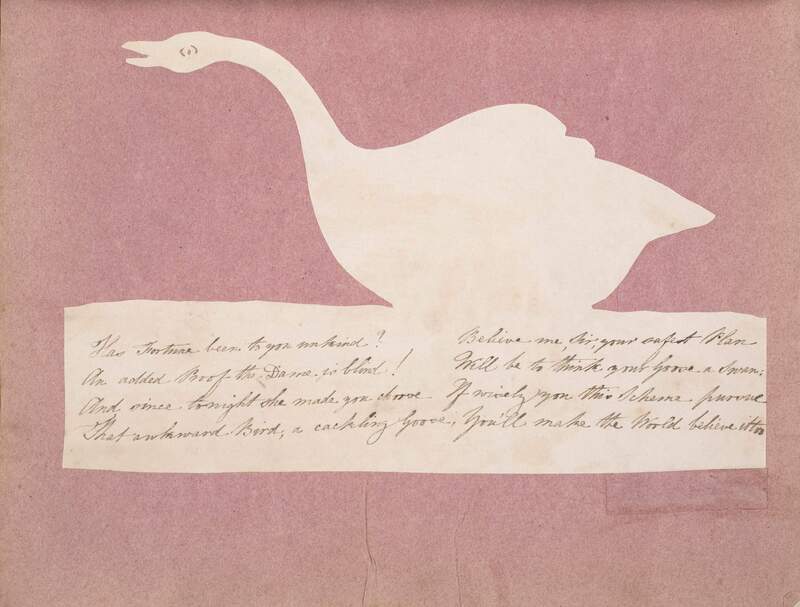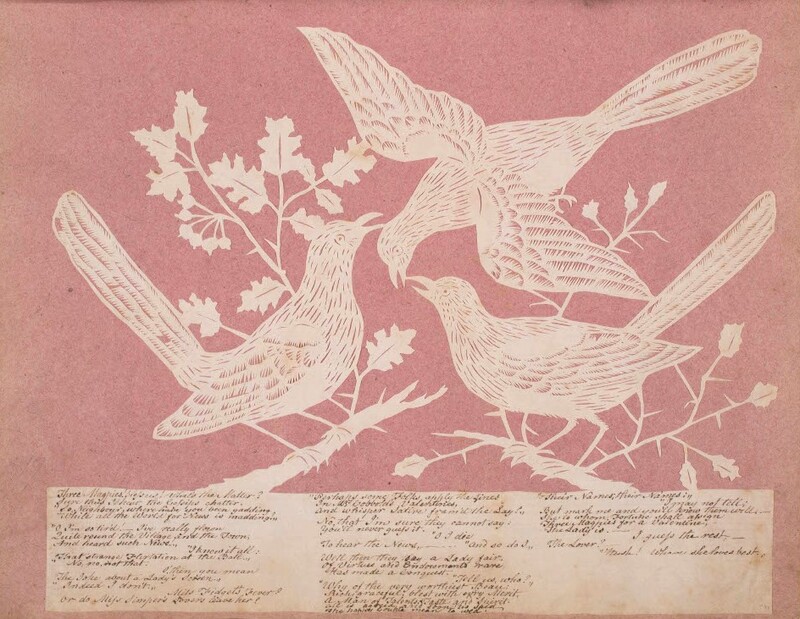Spring Birds
Before the Gregorian Calendar reform in 1582, mid-to-late February was considered the beginning of Spring in most of western Europe. Calendars from the ninth to fifteenth century say, "Birds begin to sing on February 12," and some early flowers began to bloom around February 23. (Dates were shifted ahead 10 days after the calendar reform, so February 12 became February 22 and so on.) Today, we still see the association between Valentine's Day and springtime in the tradition of gifting flowers to loved ones. However, a lost piece of springtime Valentine's Day iconography today is birds as a symbol of courtly love.

According to British folklore, the first bird a girl saw on St. Valentine's day would determine the type of man she would marry. For example, if she saw a goldfinch, she would marry a rich man. This is referenced in the Cobbold Valentine "A Goldfinch." The accompanying poem hints that the lady's Valentine is wealthy and of noble heritage.
The association between birds and Valentine's Day in British culture was perpetuated and solidified in A Parliament of Fowles by Geoffrey Chaucer (author of The Canterbury Tales.) Written sometime in the late fourteenth-century to honor the marriage of Richard II to Anne of Bohemia, the poem tells of a dream vision where birds gather to choose their mates on St. Valentine's Day. Twelve of the Cobbold Album Valentines feature birds. A few are featured here, and all of them can be seen in the Cobbold Valentine Gallery.

